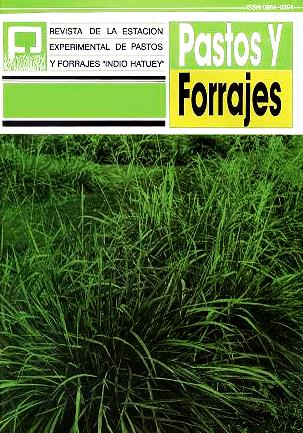Aquatic plants in a context of sustainable use of natural resources. Azolla spp.
Keywords:
livestock feeding, nitrogen fixation, yieldAbstract
Aquatic plants are generally considered as weeds; however, they are sometimes used as animal feed, fertilizer and for the decontamination of tributaries. Azolla is one of the most widely used aquatic plants. It belongs to the Salvinaceae family and is apparently native to the tropics and subtropics and it is widely distributed. Its ability to fix atmospheric nitrogen due to the association with Anabaena Azollae, its high yields and high CP content (23-30 %) as well as its acceptability by ruminants and monogastric animals make this plant an economic alternative for tropical agriculture.








